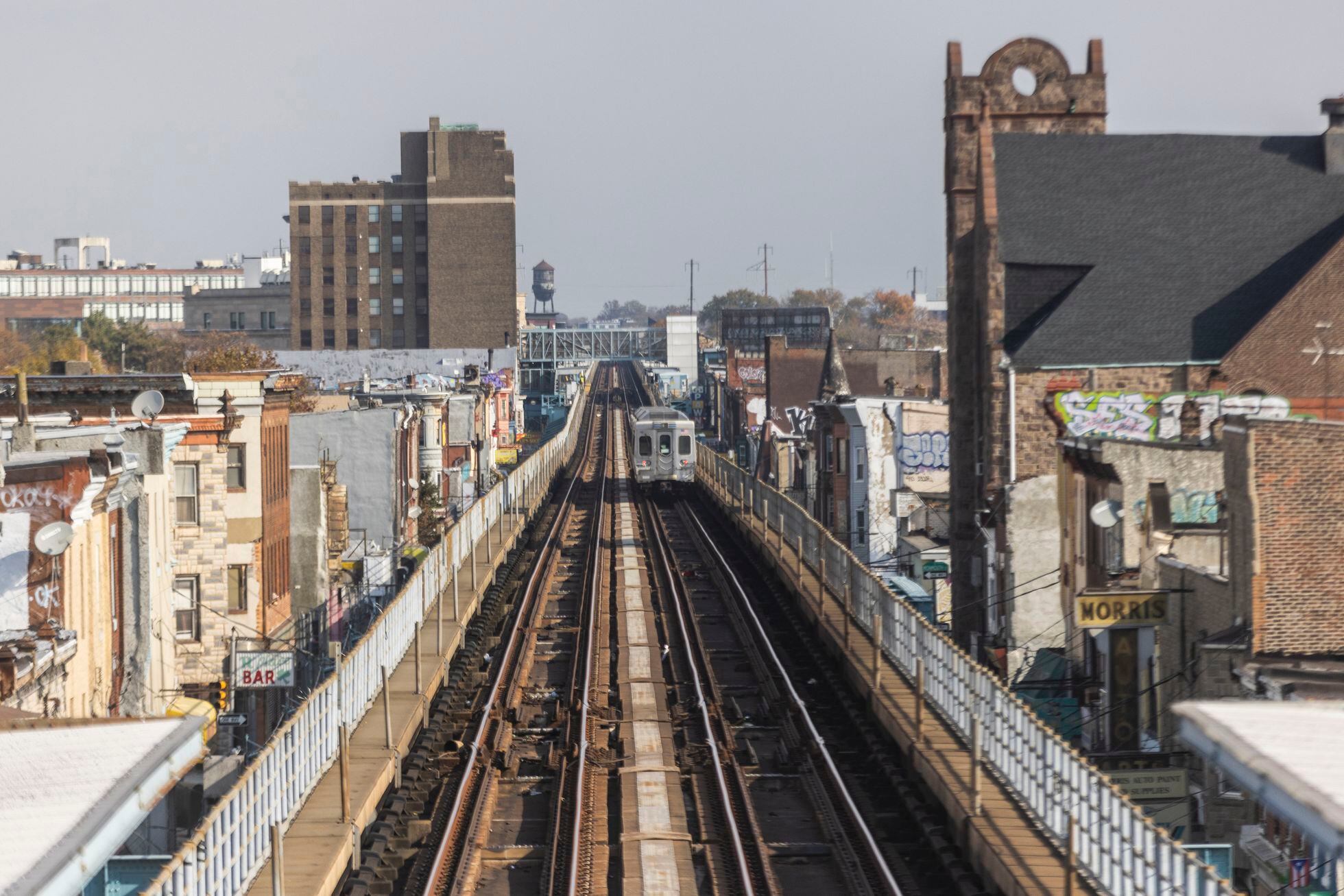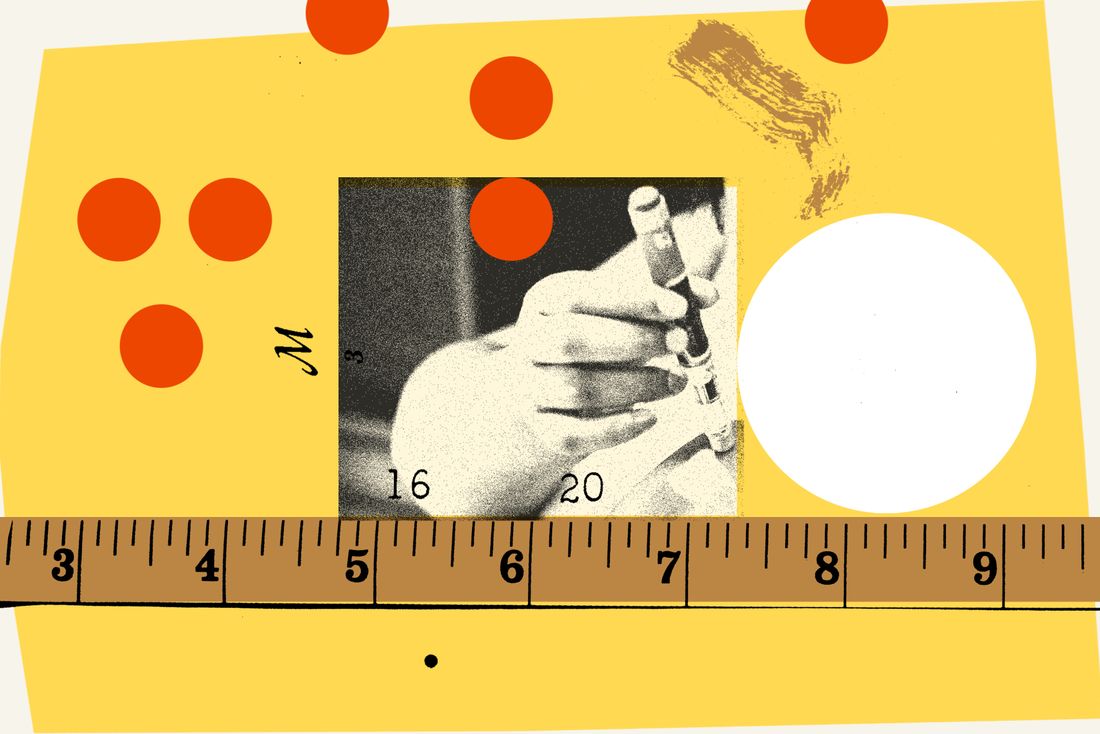


BERLIN, Germany — Thomas Kusitzky’s profession is unusual enough that it has its own consonant-heavy compound German noun: Stadtklanggestalter, or urban soundscape planner. Kusitzky, who believes he’s the only person in the world with that exact job description, works at the Berlin branch of an engineering firm called Müller-BBM Industry Solutions. Most of the company’s staff makes sure new buildings conform to the letter of noise regulations. Kusitzky tries to make them sound good. Which is as hard as it sounds.
Noise is a potent pollutant, affecting both humans and animals, with transportation and especially cars (not pickleball) the most pervasive culprits. Just as carbon-spewing combustion engines sully the atmosphere and headlights prick the night sky, the low, complex sound spectra generated by motors and the friction of tires on pavement have profoundly altered the Earth’s acoustic environment.
Read the rest of this article at: Noema
Hernando Murcia was the kind of pilot who flew routes others wouldn’t dare. Murcia worked for Avianline Charters, one of the air taxi companies that shuttle people across Colombia’s Amazon region, a pristine expanse of rainforest roughly the size of California. The forest is dark, dense, and often treacherous. There are no roads, much less commercial airports. The meandering rivers have strong currents and teem with predators, including piranhas and anacondas. Jaguars prowl the banks.
Violent rebel groups and drug smugglers are known to hide out in the region. Otherwise it’s sparsely populated. The people who do call the Amazon home are mostly members of indigenous tribes, and they rely on privately chartered flights to reach the outside world.
To take these flights is often to risk death. Landing strips used by Avianline and other companies are no more than makeshift clearings of dirt and gravel amid thick vegetation; many of the sites fail to meet the safety standards of Colombia’s Civil Aviation Authority. Thunderstorms, heavy rainfall, and strong winds are frequent. Because Colombia does not set an age limit for aircraft, the small propeller planes that fly the Amazon’s routes are often so old that they don’t have autopilot or other modern safety features. Pilots must be alert to rattles and to odors that don’t seem right. To navigate, they must rely on instinct shaped by experience. The skies over the rainforest are plagued with radio blind spots, requiring pilots to travel long distances without any contact with the ground.
None of this bothered Murcia. The 55-year-old had been piloting small airplanes in Colombia for more than 30 years, working for Avianline since 2021. He was willing to fly through torrential rain, even though it could crash a prop plane in a heartbeat. Once, in 2017, the aircraft he was flying experienced engine failure, and he managed to make an emergency landing on an unfinished road, saving the lives of his passengers.
Read the rest of this article at: Atavist
Life was different for Lily Gladstone in the summer of 2020. She had built up a small but impressive résumé in independent films, including two by Kelly Reichardt, “Certain Women” and “First Cow.” But the pandemic had shut down the industry, and she was worried about sustaining an acting career. Gladstone, who calls herself a “bee nerd,” looked into applying for a seasonal job with the Department of Agriculture, tracking murder hornets. Then she got an invitation to meet Martin Scorsese over Zoom. He was making a film based on David Grann’s book “Killers of the Flower Moon,” about a series of mysterious deaths in Oklahoma in the nineteen-twenties, when the Osage Nation was flush with oil money. Her performance in the film didn’t just boost her career—it has now earned her an Academy Award nomination for Best Actress, the first for a Native American woman.
The role of Mollie Kyle, who lived from 1886 to 1937, is a tricky one. She married Ernest Burkhart (played by Leonardo DiCaprio), a white man who conspired with his uncle William Hale (Robert De Niro) to knock off Mollie’s relatives in order to inherit her family’s headrights. In the film, Mollie suspects from the start that Ernest is after her money—“Coyote wants money,” she teases him—but she doesn’t divorce him until after his crimes are exposed in court. Playing her scenes with DiCaprio, one of the brightest stars in Hollywood, Gladstone adopts a Mona Lisa smile; ambiguity is central to her mesmerizing performance, and much of it comes across without words. And yet she resists the trope of the stoic, suffering Native heroine. She’s by turns flirtatious, shrewd, agonized, ailing, and clear-eyed. Anthony Lane, in his New Yorker review, called her “unmistakably the most compelling presence in the movie.”
Read the rest of this article at: The New Yorker
Life — or what’s left of it — stops on Kensington Avenue every 10 minutes or so. It happens when the subway hums along the elevated tracks, a blue steel structure that flies over this Philadelphia street. The roar doesn’t allow you to think… but, at least for that moment, the problems at ground zero of the fentanyl crisis in the United States are put on hold.
Afterward, the addicts and the volunteers who help them, the dealers and the police, the YouTubers and the tourists attracted by the news, the armed merchants and the residents of this gigantic open-air drug market will return to the free-for-all fight under the tracks. Hundreds of people who are addicted to the powerful opioid — which is 50 times stronger than heroin — live and die on these streets. Some, like Daniel — who lost all his toes due to the cold — have been wandering around them for years. Others don’t make it past their first month here.
The fate of all of them begins about 2,500 miles away, next to a different set of train tracks: those that cross Culiacán, in the heart of Mexican drug trafficking territory. There, a fentanyl cook — who calls himself Miguel — carries out macabre experiments on a handful of consumers, who test the merchandise before it’s shipped off to the United States. They start with one dose: one third pure and the rest, cut. The “human guinea pigs” inject it in front of him. If they say, “No, it didn’t rock me, it didn’t put me to sleep, add more,” the percentage increases. Miguel assures EL PAÍS that no one has ever died from this process.
Culiacán, the capital of the Mexican state of Sinaloa, and Philadelphia, the symbol of the largest drug crisis in the history of the United States, are two of the stations along the journey of a dose of fentanyl. And more than 11,000 miles separate Daniel’s needle from the Chinese laboratories in Wuhan, where the chemical precursors necessary to synthesize the drug are manufactured. That cheap white powder that is injected, smoked, or taken in pill form was responsible for two-thirds of the 107,888 overdose deaths recorded in the United States in 2022 — an all-time record. There are about 295 deaths a day, as if a major plane crashed at a New York City airport every morning.
Read the rest of this article at: El Pais
In 2002, the FDA approved Suboxone, a new medication to treat opioid use disorder. Suboxone is a compound of two drugs that decreases one’s cravings for opioids while blocking their effects. It is safer and less cumbersome than methadone, which requires daily or weekly visits to a clinic, and more effective than any abstinence-based treatment, which requires people to withstand cravings and suppress physical discomfort. In clinical trials, Suboxone was shown to help opioid users avoid jail time and to decrease their mortality by over 50 percent. “You’d think that anything that can help save a heroin addict’s life would be seen as a good thing,” the writer and academic Michael Clune wrote in 2014, a year that marked an inflection point in an epidemic of fentanyl-related deaths. “So why, then, when I touted Suboxone at an Narcotics Anonymous meeting with a bunch of regulars did they look at me as if I’d gone insane?”
Clune has a history of heroin addiction (he wrote, to my mind, one of the great heroin-addiction memoirs) but successfully wrestled his demons into submission through a stay in rehab, diligent attendance at Narcotics Anonymous, exercise, and an enigmatic, epiphanic experience of grace. He knows how lucky he is to have overcome his addiction through struggle and also knows how rarely his strategy works for others. But when he proposed to friends in the recovery community that Suboxone is a worthy tool, they were upset; they were skeptical of a fix so expedient, so simple, so biological. “That’s like telling someone that smoking crack will get their mind off booze,” one NA longtimer argued. “Your recovery is based on a spiritual awakening,” another explained to Clune angrily. To this friend, Suboxone — a magic pill that changes the brain — would foreclose a person’s chance of personal transformation.
Read the rest of this article at: New York Magazine






